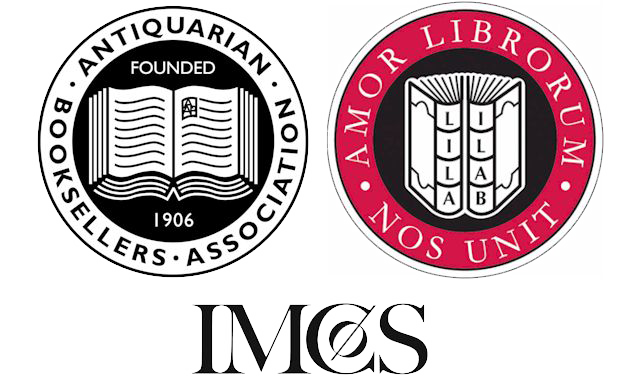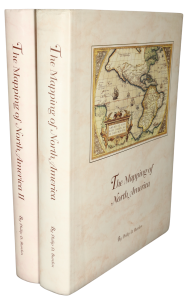Rare Maps and Prints
- World & Celestial
- North America
- West Indies, South & Central America
- British Isles
- British Isles
- English counties
- Large-scale
- Bedfordshire
- Berkshire
- Buckinghamshire
- Cambridgeshire
- Cheshire
- Cornwall
- Cumberland
- Derbyshire
- Devon
- Dorset
- Durham
- Essex
- Gloucestershire
- Hampshire
- Herefordshire
- Hertfordshire
- Huntingdonshire
- Islands
- Kent
- Lancashire
- Leicestershire
- Lincolnshire
- Middlesex
- Norfolk
- Northamptonshire
- Northumberland
- Nottinghamshire
- Oxfordshire
- Rutland
- Shropshire
- Somerset
- Staffordshire
- Suffolk
- Surrey
- Sussex
- Warwickshire
- Westmoreland
- Wiltshire
- Worcestershire
- Yorkshire
- Wales
- Scotland
- Ireland
- Western Europe
- Eastern Europe
- Middle East
- Africa
- Asia
- Australasia & Pacific
- Decorative Prints
- Title Pages
Mr. Philip D. Burden
P.O. Box 863,
Chalfont St. Giles, Bucks HP6 9HD,
UNITED KINGDOM
Tel: +44 (0) 1494 76 33 13
Email: enquiries@caburden.com
In the mid-eighteenth century both Spain and Portugal sent mapping expeditions to establish the boundary between Portuguese Brazil and Spanish South America. Negotiations commenced in 1746 and D’Anville’s map represented the Portuguese position. Furtado states that the though the map was a fundamental key it was not actually used in the negotiations. The nearly 10,000-mile border was defined in the Treaty of Madrid signed in 1750. It also considered several indigenous peoples and was particularly concerned with the southern borders with present day Argentina, Paraguay, and Uruguay.
Unfortunately, though this is only the two lower sheets of three, it is one of the most detailed maps of South America to appear to date. It was engraved by Guillaume de la Haye (1727-1802). Many of d’Anville’s atlases are untitled collections of maps, an example including this map can be found in the British Library.
Jean Baptiste Bourguignon D’Anville (1697-1782) is said to have produced his first map at the age 15. He was a thorough editor of his maps, as Tooley stated ‘He dominated not only French but all contemporary geographers [and] his aim was reform, the rejection of plagiarism, critical examination of authorities, a basis of astronomical observation and the deletion of unverified material’. He would often leave unknown areas blank and would reference doubtful knowledge. He produced more than 200 printed maps during his lifetime. His maps were recognised as one of the more reliable sources for cartographic information.
D’Anville followed de Guillaume L’Isle as cartographer to the King at just 22 years old. His careful editing process left a vast collection of about 9,000 maps which were acquired by Louis XVI for the state. D’Anville died in 1782 aged 84. The Anville crater on the Moon is named after him. Provenance: Juan and Peggy Rada Collection. Furtado (2013); Furtado (2024); Shirley (2004) T.Anv 2a nos. 17-19; Tooley’s Dictionary (1999-2004).






